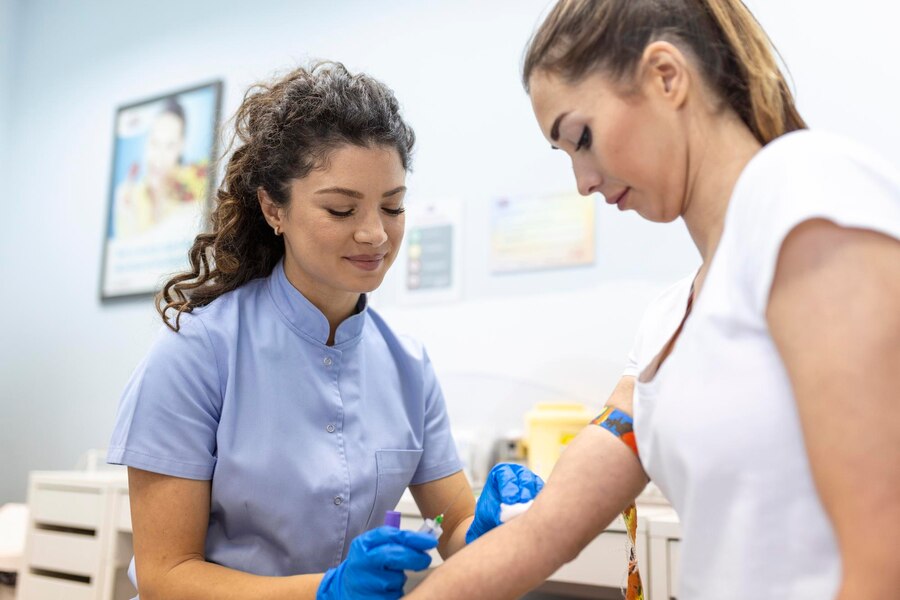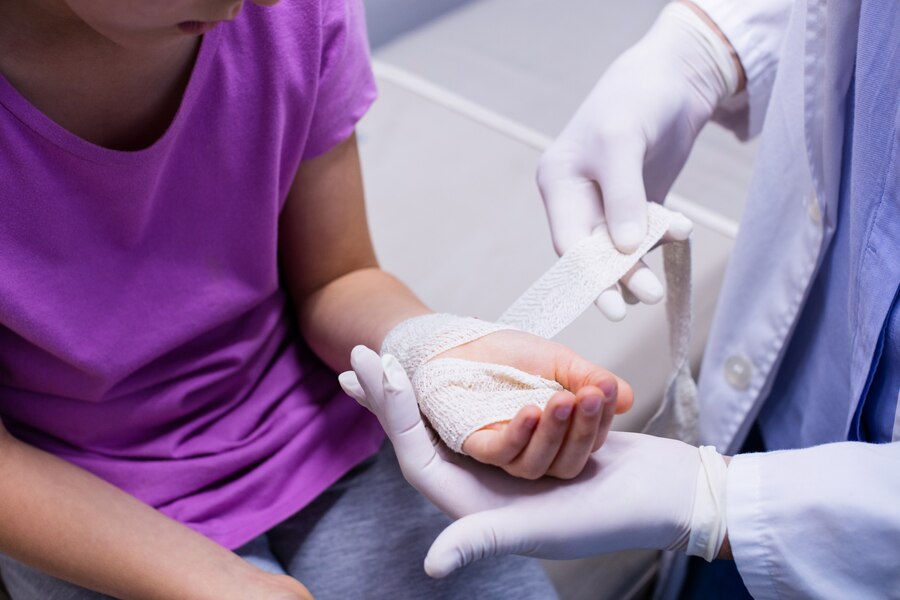Deep cuts, also known as lacerations, can result from accidents, falls, or sharp objects. These wounds can be painful, cause excessive bleeding, and may lead to infections if not treated properly. Seeking medical attention at an urgent care clinic ensures proper wound management, minimizes scarring, and prevents complications.

When to Visit an Urgent Care Clinic for Deep Cuts
Some minor cuts can be treated at home with antiseptic and a bandage, but deeper cuts require professional medical attention. Visit an urgent care clinic if:
- The cut is deeper than 1/4 inch and exposes fat, muscle, or bone.
- The bleeding does not stop after 10-15 minutes of applying pressure.
- The wound is caused by a dirty or rusty object, increasing the risk of infection.
- The cut has ragged edges or gaping, making stitches necessary.
- There is significant swelling, numbness, or loss of function around the wound.
- The wound is on a sensitive area like the face, hands, or joints.
What to Expect at an Urgent Care Clinic for Deep Cuts
Initial Assessment and Wound Examination
Medical Evaluation
- The healthcare provider will examine the wound’s depth, location, and severity.
- The patient’s medical history, allergies, and tetanus vaccination status will be checked.
Cleaning and Disinfection
- The wound will be cleaned with saline or antiseptic solution to remove debris.
- A local anesthetic may be applied to numb the area before further treatment.
Treatment Options for Deep Cuts
Sutures (Stitches) or Steri-Strips
- Stitches are used for deep or wide lacerations.
- Steri-strips or skin glue may be used for smaller, clean-edged cuts.
Tetanus Shot and Antibiotics
- If the wound is caused by a rusty or contaminated object, a tetanus booster may be administered.
- Antibiotics may be prescribed to prevent infections.
Bandaging and Wound Care Instructions
- A sterile dressing will be applied to protect the wound.
- Patients will be advised on proper wound care at home to ensure healing
Preventing Infections and Promoting Healing
Home Care Tips After Visiting an Urgent Care Clinic
Keeping the Wound Clean
- Wash hands before touching the wound.
- Change dressings as instructed.
- Avoid soaking the wound in water.
Watching for Signs of Infection
- Increased redness, swelling, or warmth around the wound.
- Pus or foul-smelling discharge.
- Fever or chills.
- Increased pain despite medication.
When to Seek Further Medical Help
- If the wound reopens or stitches break.
- If there are signs of infection.
- If pain or swelling worsens instead of improving.
- If the wound does not heal within the expected time.
FAQs
1. How long does it take to get treated for a deep cut at urgent care?
Most visits take 30-60 minutes, depending on the severity of the cut and whether stitches are needed.
2. Can I go to urgent care for stitches?
Yes, urgent care clinics provide stitches, Steri-Strips, and wound glue for closing deep cuts.
3. What should I do if my wound starts bleeding again after treatment?
Apply firm pressure with a clean cloth for 10-15 minutes. If bleeding persists, return to urgent care or visit an ER.
4. Will I need a tetanus shot for my deep cut?
If your last tetanus shot was over five years ago or the wound is contaminated, a tetanus booster may be recommended.
5. How do I know if my deep cut is infected?
Signs of infection include redness, swelling, pus, warmth, and fever. If you notice these symptoms, seek medical help.
Conclusion
Deep cuts require quick medical attention to prevent infections, minimize scarring, and ensure proper healing. Urgent care clinics provide fast, expert treatment with shorter wait times and lower costs compared to emergency rooms. From stitches to infection prevention, urgent care facilities ensure comprehensive wound management for a smooth recovery.
If you or someone you know experiences a deep cut, don’t delay—visit our urgent care clinic for prompt and professional treatment! (469) 496-2456 or visit us https://texasspecialtyclinic.com/

